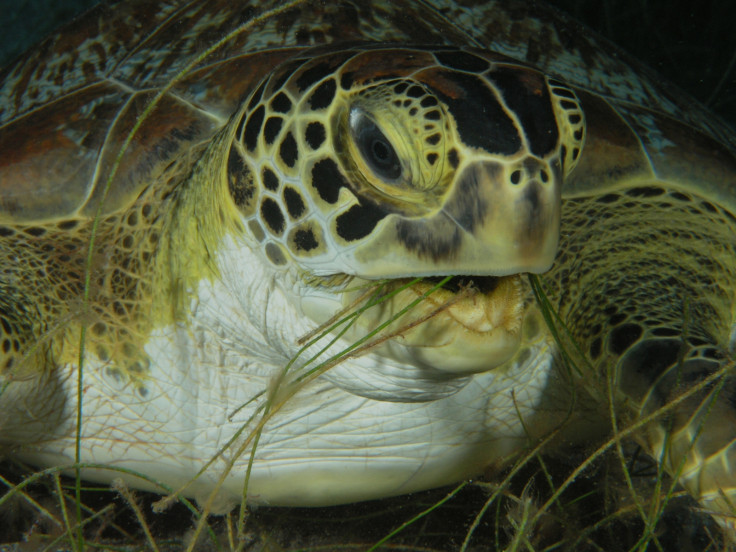Endangered green turtle numbers only half of official estimates
Despite revised estimate of green turtle populations, their number is steadily growing
The numbers of nesting sea turtles have been vastly overestimated because of inaccurate counting methods, satellite data suggests.
The way turtle numbers are normally enumerated is to count the number of turtle tracks on sandy beaches, divided by the number of clutches the turtle is expected to be travelling to, as turtles can mate and lay eggs several times in a season. A study published in the journal Proceedings of the Royal Society B strengthens previous evidence from satellite data that green turtle numbers are in fact much lower than this method predicts.
Data from GPS tags shows that green turtles can make up to six nests in a season, rather than the three that was previously thought. Researchers attached satellite tags measuring less than 10cm across to the top of 18 female turtle shells while they were nesting on the island of Diego Garcia in the Chagos Archipelago in the Indian Ocean.
The green turtles at Diego Garcia returned to the sandy beaches of the island at night to lay their eggs, at intervals of about 10 to 14 days. They typically returned about six times to lay clutches, the study found.
Green turtles are currently listed by the International Union for Conservation of Nature as an endangered species. However, there have been efforts from countries including Australia and the US to boost turtle numbers.
"While global conservation efforts have led to increases in nesting activity at many sea turtle breeding sites, there is a need for sober reflection of whether the absolute numbers of nesting turtles are likely to be much less than has been assumed previously," the authors write in the study.
Actual numbers low but growing
The number of clutches a female will have in a season varies a lot within sea turtle populations, conservation scientist Brendan Godley of the University of Exeter told IBTimes UK. This depends on environmental conditions as well as the age and size of the mother.
"As populations recover, clutch frequency may change further especially under scenarios of climate change," Godley said.

Despite the findings that turtle numbers are actually much lower than previously thought, the trend in population size – one generally growing for endangered green turtles – still holds true, he said.
"The hard work done by field hands in the pre-silicone age is still worthy – we are now able to nuance their findings."
© Copyright IBTimes 2025. All rights reserved.






















